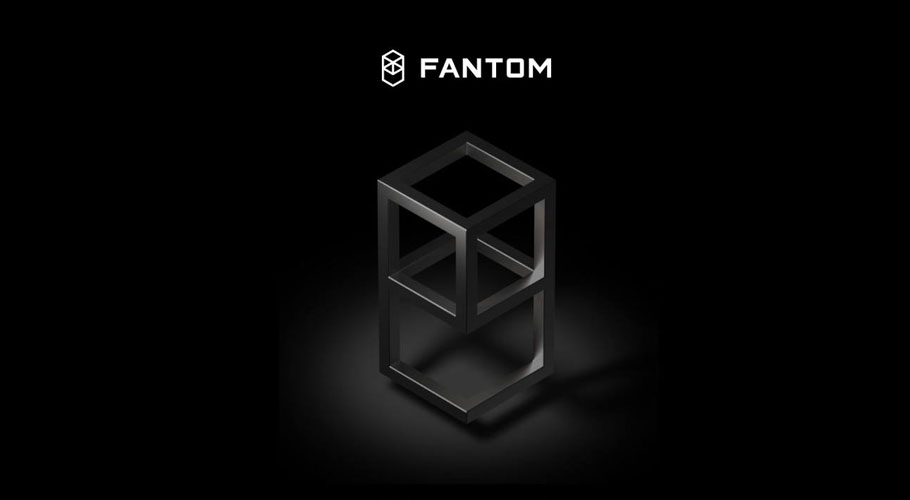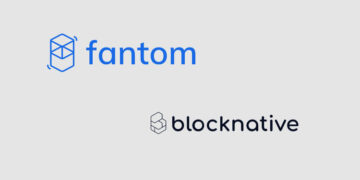Fantom, the DAG-based smart contract platform today announced the launch of its first public testnet release. The testnet represents a major milestone in the goal of having a Fantom mainnet prepared as early as possible in 2019.
Over the past year, the Fantom team has spent a considerable amount of time and effort quietly developing Fantom’s core platform. The full Fantom testnet guide can be found on GitHub, highlights from the release are also found below.
This release includes the following:
1. Public Testnet
With nodes initially running on AWS instances. The testnet is based on the Go implementation of Lachesis (https://github.com/Fantom-foundation/go-lachesis).
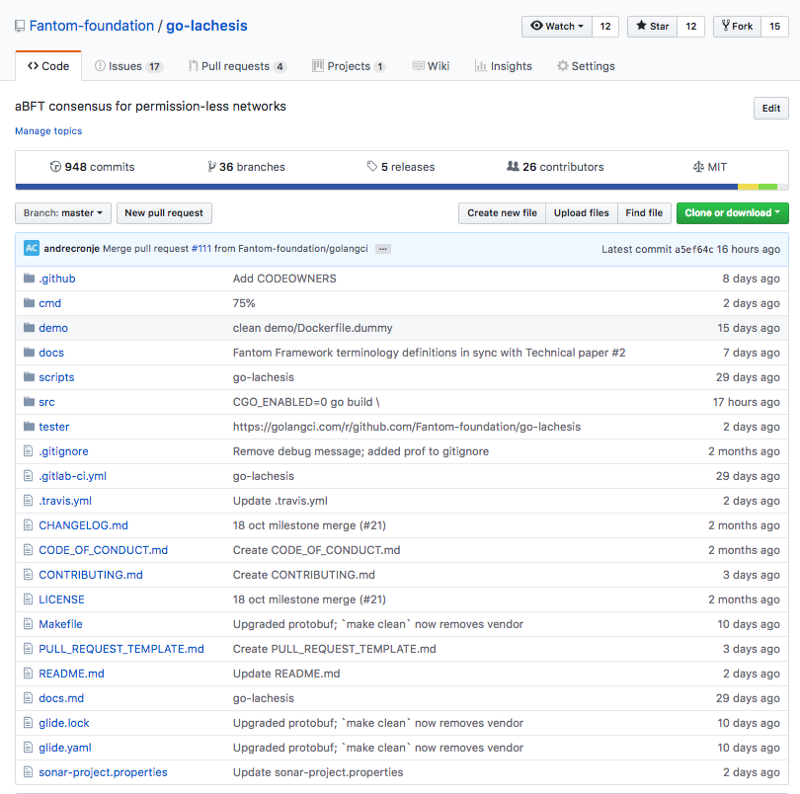
2. go-evm
Go implementation of the EVM, allowing for the execution of smart contracts (https://github.com/Fantom-foundation/go-evm).
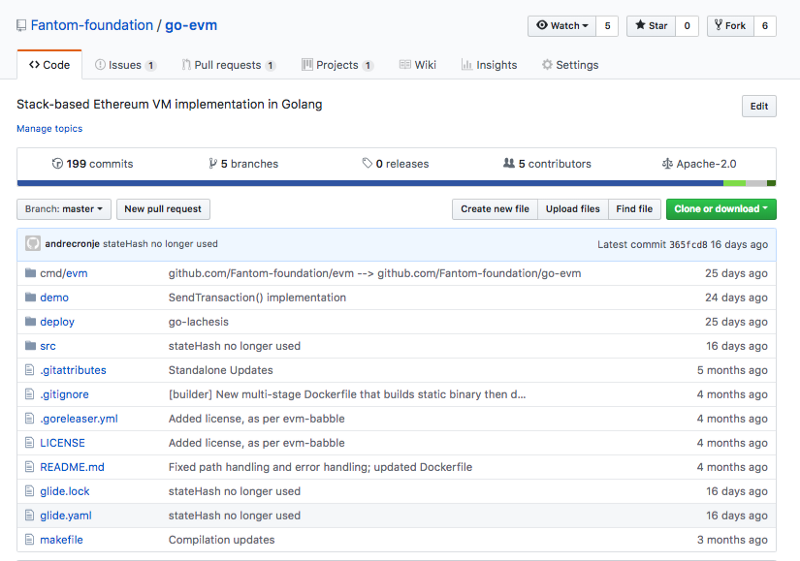
3. Documentation
Which includes how to set up a node on Windows, Mac or Linux and API usage, among many other things (https://github.com/Fantom-foundation/go-lachesis/wiki).
4. Mobile wallet
Available on iOS and Android (https://github.com/Fantom-foundation/fantom-mobile-app).
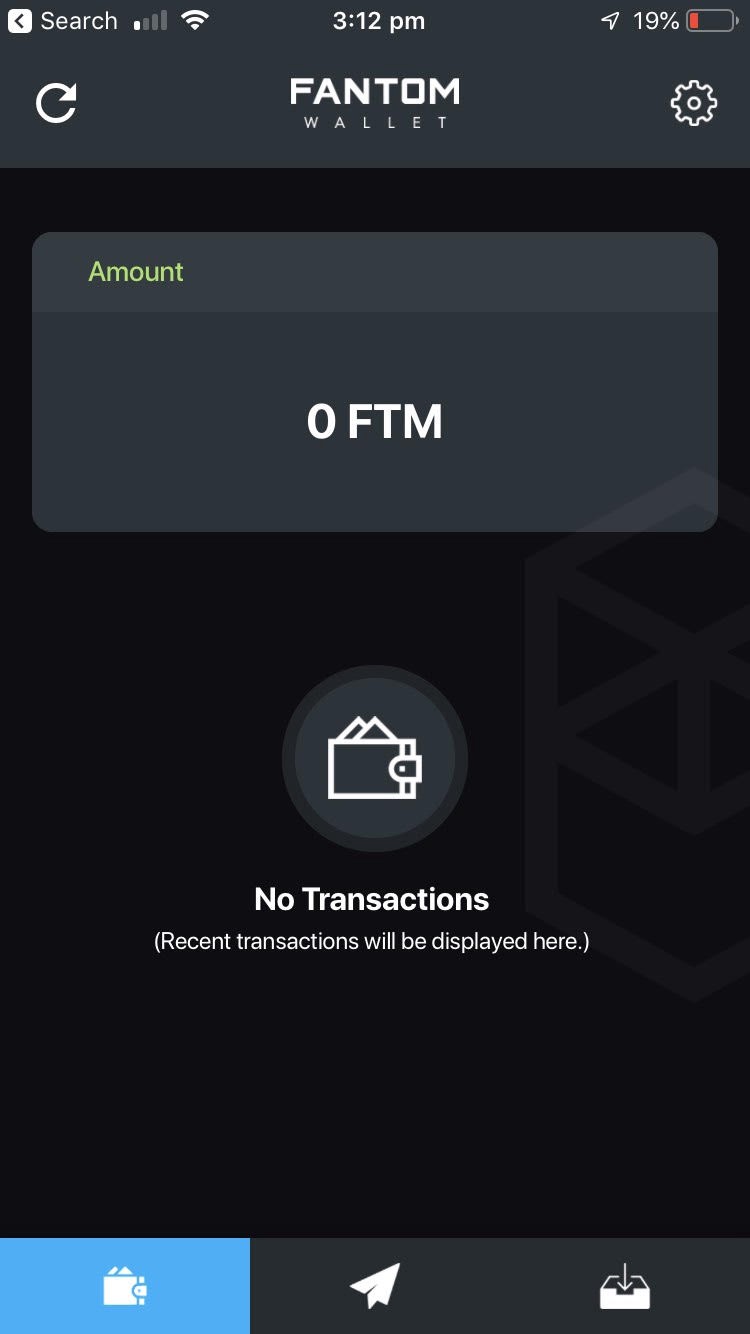
5. Web wallet
Built in ReactJS (https://github.com/Fantom-foundation/web-wallet).
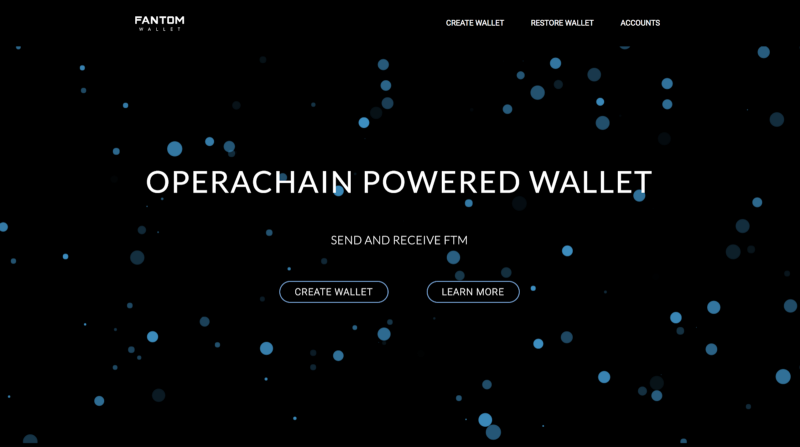
6. Desktop wallet
Releases available on OSX, Windows, and Linux (https://github.com/Fantom-foundation/desktop-wallet/releases).
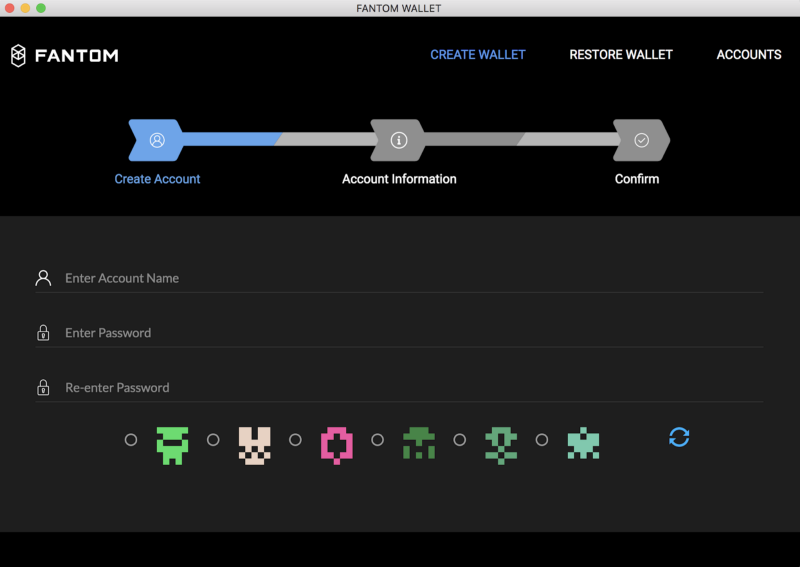
7. Explorer
Track event block production and transactions: https://github.com/Fantom-foundation/explorer. The application makes GraphQL queries to the server.
The Fantom team said that more research and development will go into optimizing and improving the existing Lachesis implementation. Further, a staking model will also need to be integrated into the testnet (more info below).
Specifically, Fantom aims to achieve the following in future testnet and mainnet releases:
- A fast implementation of Lachesis, with a high number of Transactions per Second (TPS) while maintaining a low Time to Finality (TTF)
- Verifiable computing engines, consisting of:
- A compiler
- A register-based virtual machine
- Verifiable circuits
- Pairing Cryptography for Verified Computing
- Threshold EDCSA & DCRM, required for cross-chain dex
- Sharded consensus
- Verified computing NIZKP
- A Proof of Stake model, likely to consist of a combination of gas-based transaction payments (similar to Ethereum), a transaction-staking model, and Dapp-based staking rewards. Would you just like transaction volume? Stake a percentage of tokens to gain a percentage of system volume. Want to interact with a Dapp? A developer can pay a percentage of tokens and a percentage per cycle is free for users. Or no staking, simply pay per transaction.


